Snake Plant – Sansevieria Trifasciata
Snake Plant, scientifically known as Sansevieria Trifasciata, is a popular and low-maintenance houseplant loved for its unique foliage and air-purifying qualities.
Origin and Taxonomy:
Snake Plants are native to tropical regions of West Africa. They belong to the Asparagaceae family and are part of the Sansevieria genus, which comprises about 70 recognized species.
Leaf Characteristics:
Snake Plants have long, sword-shaped leaves that grow upright or in a rosette pattern, depending on the variety. The leaves are typically dark green with distinctive horizontal light green or yellow variegation, giving them a striking appearance.
Growth Habits:
Snake Plants are slow-growing plants that can reach a height of 2 to 4 feet (60 to 120 centimetres), depending on the variety. They have rhizomatous roots that store water, allowing them to tolerate periods of drought.
Light Requirements:
Snake Plants are adaptable and can tolerate a wide range of light conditions, from low to bright indirect light. They thrive in moderate to bright indirect light, but direct sunlight should be avoided as it can scorch the leaves.
Watering Needs:
Snake Plants have low water requirements and are highly drought-tolerant. Letting the soil dry out between waterings is essential to prevent overwatering, which can lead to root rot. Water the plant thoroughly and allow excess water to drain away.
Soil Requirements:
Snake Plants prefer well-draining soil. A good potting mix with peat moss, perlite, and sand works well. Avoid using heavy or water-retaining soils that can cause waterlogged conditions.
Temperature and Humidity:
Snake Plants thrive in average room temperatures ranging from 60°F to 75°F (15°C to 24°C). They can tolerate lower temperatures but are sensitive to frost. They are adaptable to different humidity levels but prefer moderate humidity.
Maintenance and Pruning:
Snake Plants are low-maintenance plants that require minimal pruning. Remove any yellow, withered, or damaged leaves using clean and sharp scissors. Regularly dust the leaves to keep them clean and allow for better photosynthesis.
Propagation:
Snake Plants can be propagated through division or leaf cuttings. Division involves separating the offsets or pups from the main plant and replanting them. Leaf cuttings can be rooted in water or directly in well-draining soil.
Common Pests and Diseases:
Snake Plants are generally resistant to pests and diseases. However, they can occasionally be affected by mealybugs, spider mites, or scale insects. Regularly inspect the plant for signs of infestation and treat them accordingly using appropriate methods.
Air Purifying Qualities:
Snake Plant is the best air purifier plant. NASA study identified Sansevieria as one of the top air-purifying plants. This plant is unique in its ability to release oxygen at night. It’s one of the best plants for filtering the air of CO2, formaldehyde, xylene, benzene, toluene, and trichloroethylene.
Snake Plants are visually appealing and provide numerous benefits as indoor plants. Their air-purifying properties and easy-care nature make them a perfect choice for both beginner and experienced plant enthusiasts.
Things to know about SNAKE PLANT
Common (vernacular) Name
स्नेक प्लांट (Hindi), Sansevieria Trifasciata, Mother-in-law’s Tongue, Saint George's Sword, viper's Bowstring Hemp, and many more.
Botanical Name
Dracaena Trifasciata
Origin
Tropical West Africa from Nigeria east to the Congo.
Family
Asparagaceae
Plant Type
Tropical plant
Plant Features
Ornamental / Evergreen
Life Cycle
Perennial
Landscape Uses
Container Planting, Interiorscape and General landscape.
Species
Sansevieria ‘Bantel’s sensation’, Sansevieria ‘Cleopatra’, Sansevieria ‘Moonshine’, Sansevieria bacularis, Sansevieria Ballyi (Dwarf Sansevieria), Sansevieria burmanica, Sansevieria concinna, Sansevieria cylindrica, Sansevieria Cylindrica ‘Boncel’ (Starfish Sansevieria), Sansevieria Ehrenbergii ‘Banana’, Sansevieria Ehrenbergii ‘Blue Sansevieria’, Sansevieria Eilensis, Sansevieria fischeri, Sansevieria francisii, Sansevieria gracilis, Sansevieria Hyacinthoides, Sansevieria kirkii ‘Star sansevieria’, Sansevieria liberica, Sansevieria longiflora, Sansevieria masoniana ‘Mason’s congo’, Sansevieria Parva ‘Kenya Hyacinth’, Sansevieria Patens, Sansevieria raffillii, Sansevieria senegambica, Sansevieria subspicata, Sansevieria trifasciata, Sansevieria Black Gold (Viper’s Bowstring Hemp), Sansevieria Cylindrica, Sansevieria Futura Robusta, Sansevieria Futura Superba, Sansevieria Golden Hahnii, Sansevieria Laurentii, Sansevieria Twisted Sister, Sansevieria Whitney, Sansevieria zeylanica ‘Ceylon Bowstring Hemp’
Varieties
It comes with hundreds of different varieties in a diversity of leaf colorations.
Size
Height : 6 inches to 3 feet tall and Width : 6 inches to 3 feet wide when mature.
Indoors or Outdoors
Outdoors : Snake Plant can be grown in pots or directly in the soil at outdoor conditions. It likes all light types.
Indoors : One of the toughest houseplants, Snake Plant can tolerate most indoor conditions.
Blooming / Flowering
Snake Plant blooming is a rare occasion. But It can bloom in the period of Spring or at the beginning of Autumn.
Flower Colour
It’s come with greenish, cream, light green, light yellow or white flowers.
Lucky Plant
Considered as the Good Luck Plant.
Lighting / Sun Exposure
Any light level, from low to high.
Temperature
Snake Plants can withstand temperatures as low as 5°C, ideal growing in 18°C to 27°C. It can thrive in any light level, from low to high. However, they also grow well bright or indirect light.
Growth Rate
Snake Plant naturally slow growing plant.
Watering
Moderate watering, you shouldn't add too much or too little water. Not tolerate overwatering.
Fertilizer
Snake Plant do not need large amounts of nutrients, the best fertilizers are those of slow release once or twice in the growing season (Spring through Summer) and avoid overfertilizing.
i.e. - NPK 10-10-10, 18-6-12 or 12-8-16 fertilizer, Compost, Organic fertilizer etc.
Pruning
Pruning of Snake Plant is generally recommended anytime of the year but preferred in early spring or early summer. It helps them grow bushier, If your snake plant is in poor health, yellow or brown leaves then prune encourage some new healthy growth and promote rapid recovery.
Propagation
Seeds : The best time to sow your Snake Plant seeds is in the end of Winter / early Spring.
Leaf Cuttings : Very easy to propagate in water or in soil via leaf cuttings, and can be done during the warm growing season.
Division : Division of Snake Plant can be done in Rainy season, or better in February to March.
Dormancy Period
Month : November to February (winter season).
Watering minimally and avoid Propagate, Fertilize and Repotting.
Container
Ceramic Pot, Plastic Pot, Terracotta or Clay Pot is preferred, as it drains well.
Soil Type
A well-drained peat-based potting soil is recommended. Prevent soggy potting medium.
Our recommendation for potting mix : Mixture of Garden Soil (20%) + Compost (10%) + River Sand (40%) + Cocopeat (20%). You can substitute Bark Compost, Vermicompost, Perlite etc.
Soil pH
Neutral to slightly Acidic soil - Ideally 5.5 to 7.5 pH (potential of hydrogen) is recommended for Snake Plants.
Repotting
Snake plants prefer to be a little pot bound. It is advisable to repot the Snake Plant 3-5 years preferably spring or warm season.
Maintenance
Low maintenance and easy to grow.
Properties
Mildly Toxic to both humans and pets upon ingestion.
Benefits
Excellent indoor air purifier, It purifies carbon dioxide (CO2) into oxygen at night. The Snake Plant also helps lower emissions of formaldehyde, nitrogen monoxide, chloroform, benzene, and xylene.
Special Features
Doesn't attract hummingbirds and pollinators like butterflies, bees and wasps.
Infestation / Pests
Scales, Gnats, Mealy bugs, Spider Mites and whiteflies are common pests.
Diseases / Problem
Root rot, Cold Damage, Southern Blight, Powdery Mildew and Fungal Problems.
Some Glimpse of SNAKE PLANT

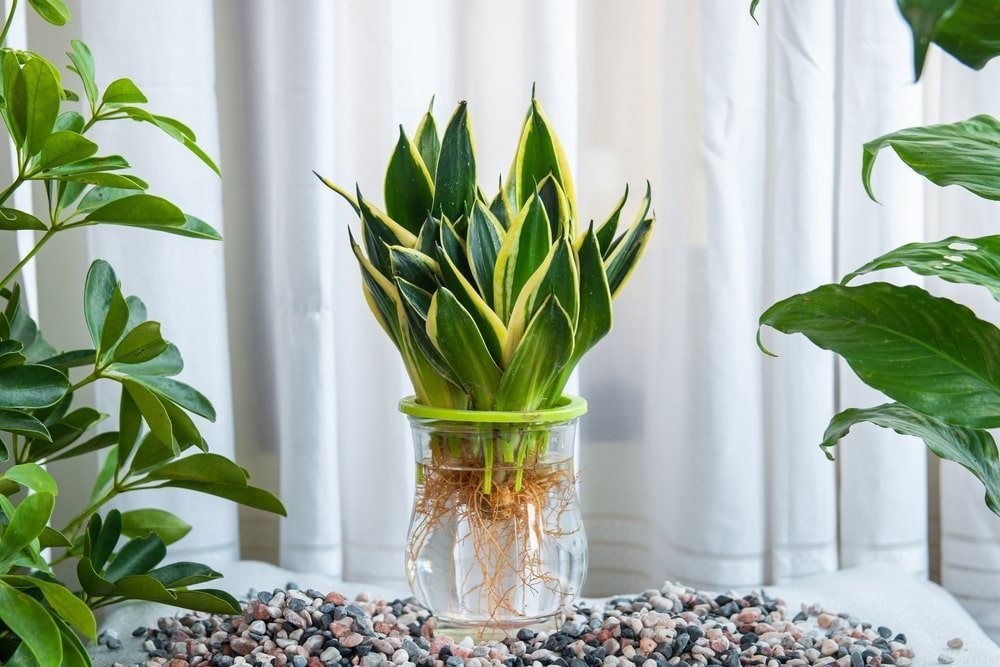

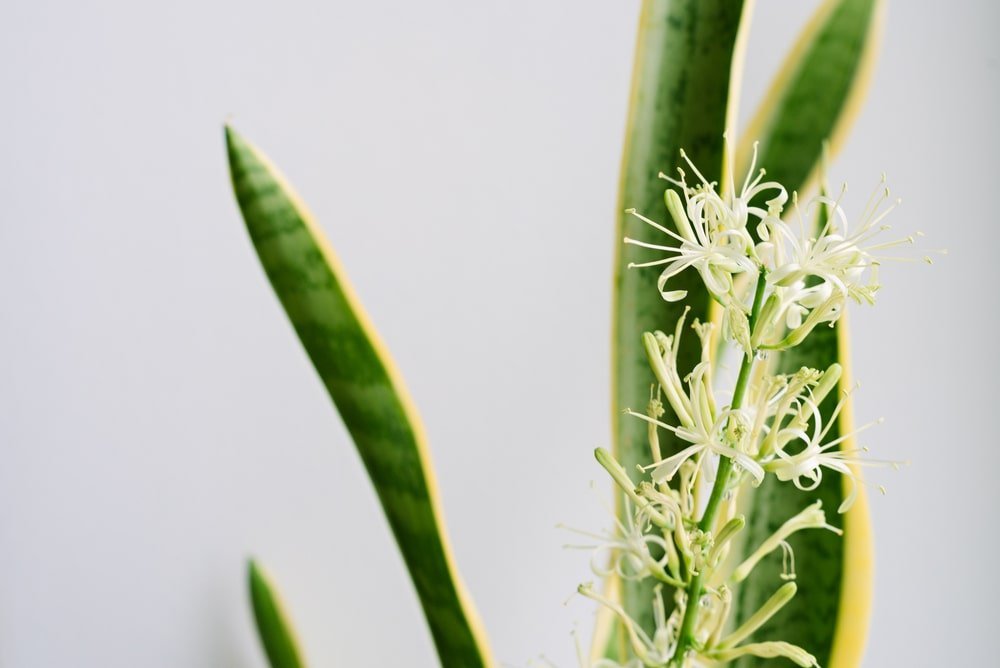


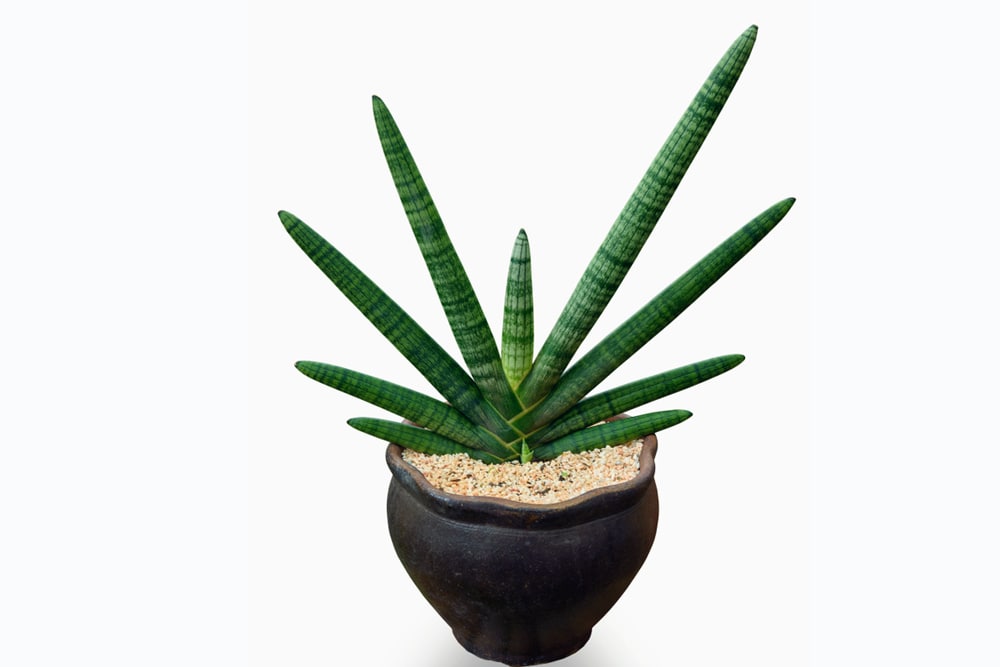

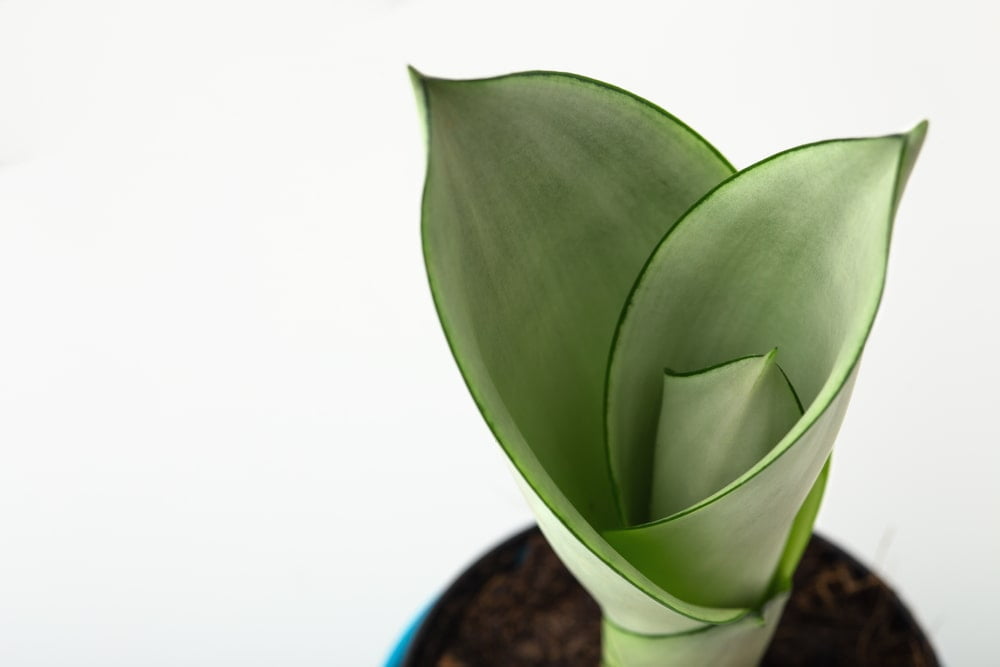

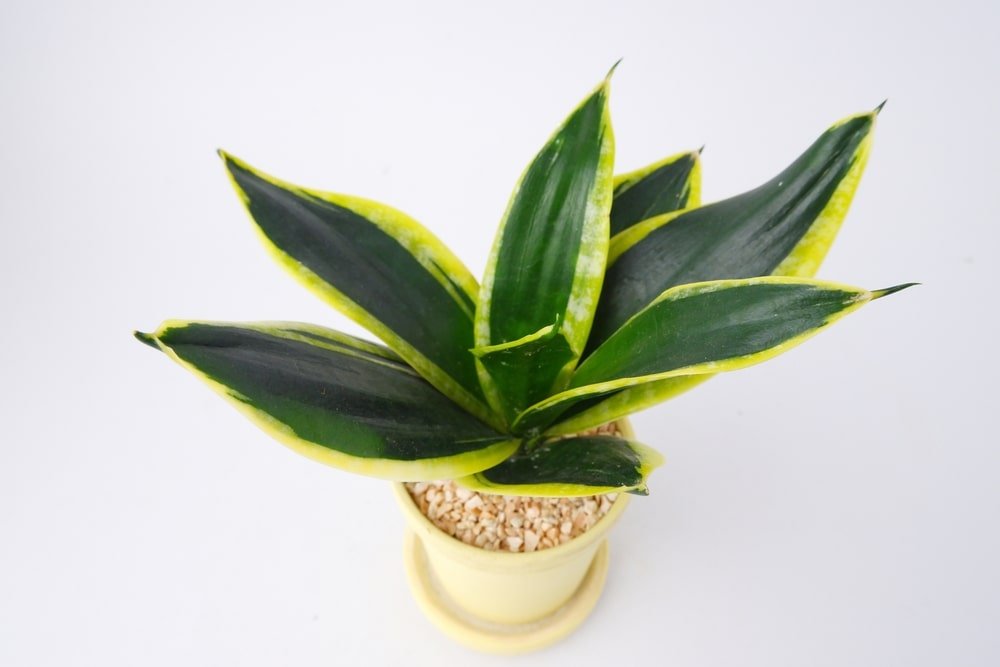




No comment